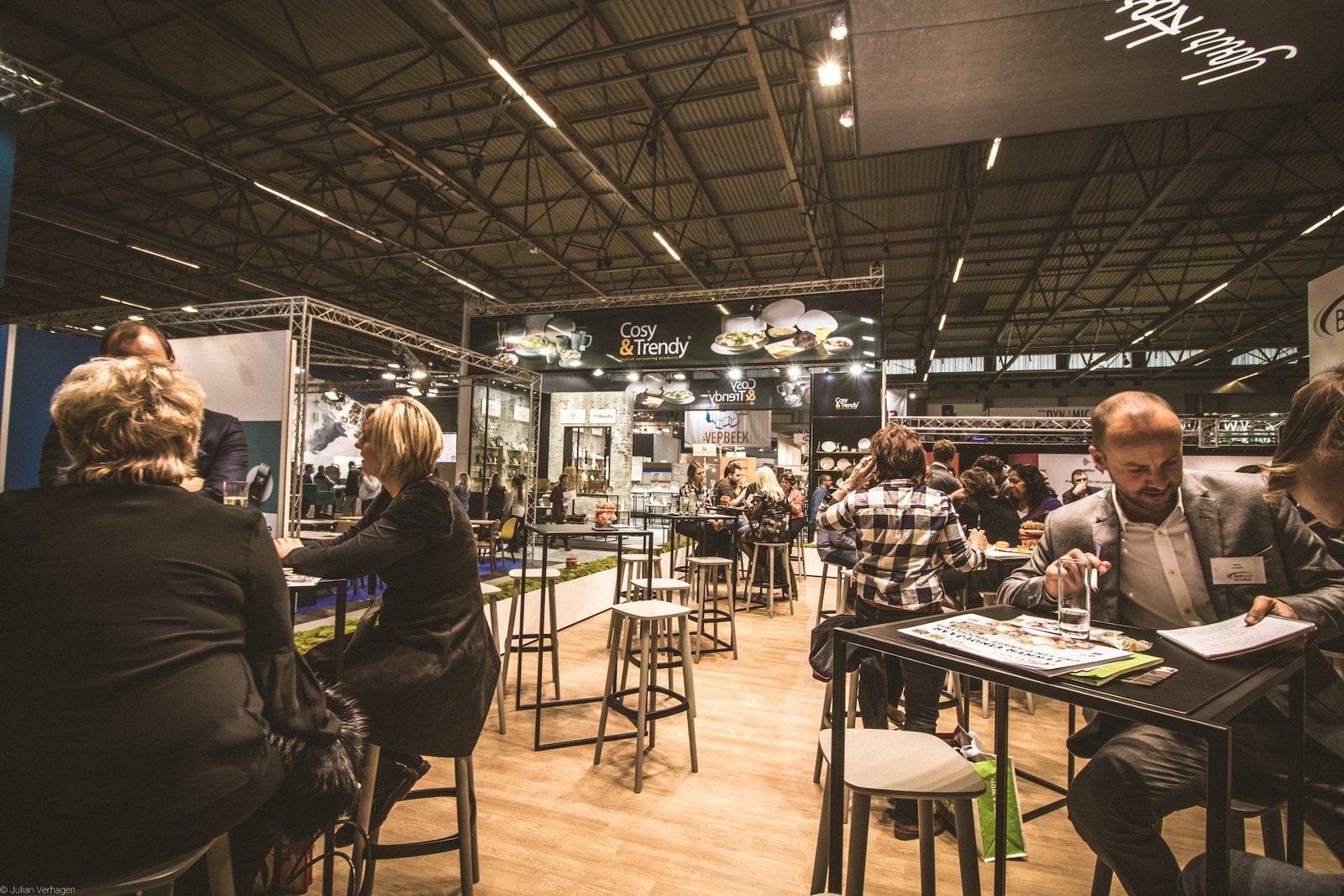Investment is one way you can secure your future. For millennials who have just graduated from college and started working in the world of the working class, at least you still have about 20–30 years from now to prepare your day for pensions.
Investment activities that you do at this time, not only intended as funds after retiring. Instead, you can also use the money you save in various types of investment instruments to meet financial needs in the short term, for example under 1 year.
Of the many types of short-term investment instruments that you can invest at this time, there are at least a few characteristics that need to be studied carefully so that you can adjust to your investment needs. What are those?

1. Deposits
Deposits offer investment terms ranging from 1, 3, 6, 12, or 24 months. This investment product is considered safe for novice investors who want to use investment funds under 1 year. However, you need to ensure that the funds that you have invested are not disbursed to maturity. Because if you withdraw funds that are on deposit before maturity, you will be charged a penalty fee by the bank.
In addition, you need to pay attention that low-risk types of investment such as deposits have low returns. Generally, the rate of return of deposits reaches 7% per year. In order for this investment to be profitable, choose an initial deposit that suits your financial capabilities and the most competitive deposit rates. You can make a comparison of deposit products from each bank.
2. Forex trading
Foreign exchange trading (forex) is indeed considered as a type of investment that is more risky for beginners. However, the level of risk is directly proportional to the rate of return you can get. The principle of forex trading is actually very simple. You can buy a foreign currency when the exchange rate is at a low level, then you sell the foreign currency when the price increases. But unlike buying and selling foreign currencies physically done at money changers, you can do forex trading online on the broker’s platform. Thus, transactions can be done easily in just a few clicks.
In addition, forex trading not only provides profit opportunities when investment asset prices are rising, but also when prices decline. That’s because the trading platform allows you to make two-way transitions, namely Buy and Sell. So when prices are at a high level and you see the possibility of a decline in the future, then you can sell the foreign currency and buy it again after the price has dropped. A more complete introduction to forex trading along with profit opportunities you can get in the Forex Trading Guide for Beginners.
3. Peer to Peer Lending
Peer to peer lending is one of the fintech services that is on the rise among young Indonesians. Although it is widely known for its online loan services, you can also use peer to peer lending to invest through funding several projects that have been curated by the platform provider. You can find out the rate of return from the funding based on the period you choose. Besides that, you can access all funding projects in the peer to peer lending platform transparently by looking at the borrower’s profile and so on.
4. Stocks
It feels good, right? If you have the status of a shareholder of a large company in Indonesia? This can become a reality if you invest in large companies listed on the Indonesia Stock Exchange (IDX) or New York Stock Exchange (NYSE) if you live in the United States.
To start your stock investment, you can first learn the fundamental information from the company that you want to buy the shares. Buy stocks that come from healthy companies, one indicator is the value of a large market capitalization. This can indicate that these stocks have a high level of liquidity, and the stock price tends to be stable. If you want to invest in shares for the short term, you can choose a broker that offers relatively low transaction costs.
To maximize the benefits of investment activities that are invested from various types of short-term investment instruments above, it would be nice if the funds you invested in the investment product did not come from borrowed money. Use “cold money” or “unemployed money” that is not included in the allocation of your basic or secondary needs.






